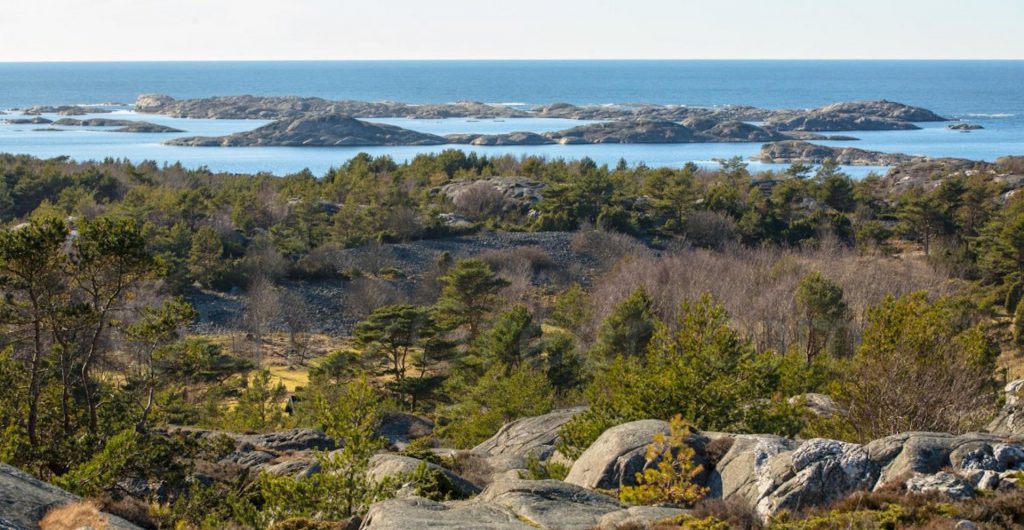An energy mix already carbon free
Sweden is the fourth largest country in the European Union (almost 450 000 km2) after Denmark (including Greenland), France and Spain. With approximately 22 inhabitants per km2, it has a very low population density and exceptional energy resources. Nearly 65% of its territory is covered by forests and particularly biomass is the main energy source of the country before the oil when you add the “direct” consumption and its contribution to the generation of electricity and heat urban networks.
Sweden began its energy transition from the first oil shock in 1973. The consumption of petroleum products in the country has since been divided by 2 through the country electrification and the strong development of renewable energy in heating networks. Electricity production in Sweden is “carbon free” to nearly 97%, mainly due to nuclear energy (Sweden consists of a 10 reactor fleet) and hydropower (over 2000 hydro). Heating networks are in turn fed to nearly 60% from biomass and no longer dependent only up to 2.7% of oil products in 2013 (against 98% in 1970).
Transportation, key challenge of future on fossil free Sweden
If Sweden can already rely on the good energy performance of its buildings sector, transport is responsible for 45% of the country’s CO2 emissions. The prospect of eliminating fossil fuels in road transport by 2030 was discussed in the past. As for Swedish negotiators at the COP21, we speak “quite a vision but no targets”. A parliamentary commission is currently discussing more specific objectives of the country to become one of the first countries to manage without fossil fuels.




